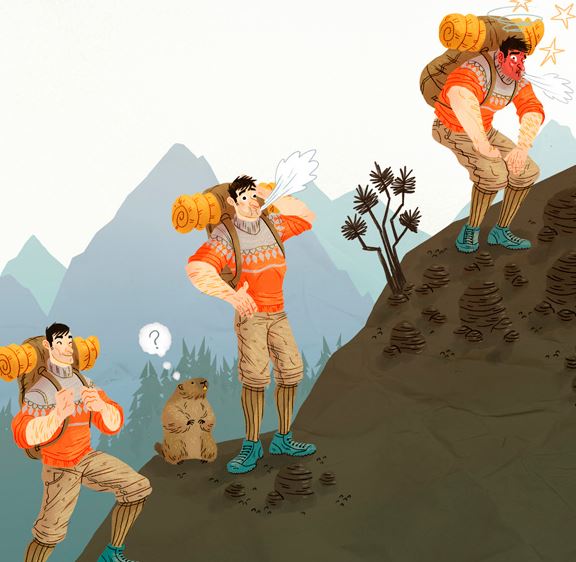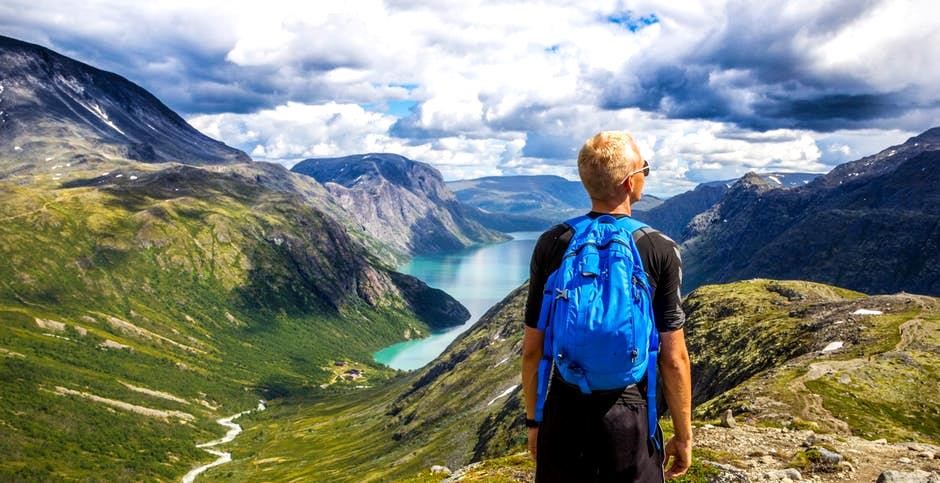Reaching the top of a mountain can be a rewarding climbing experience. It is no doubt that mountain summits have wide unique views, quiet and peaceful surroundings. Nevertheless, you need to take care of the health risk you endure while reaching such high altitudes. Here are some climbing tips that actually can save your life! Keep reading.
Highlights:
- You must pack your climbing gear properly such as water, food, and outdoor climbing ropes if you want to have a safe climbing experience. For instance, take supportive boots and outfit for all kinds of weather conditions.
- You can save yourself from altitude related sickness by giving yourself sometime to adjust your breathing on high altitudes. A portable oxygen source can be a great help in this case.
- If you start feeling really sick and you can feel symptoms of altitude sickness, don’t just keep up with a severe headache or low energy problem! Go down at least 3,000 feet instantaneously and look for medical care.
Wear Right Gear
It’s vital to wear correct kind of gear for climbing. You must wear an outfit in which you move easily and comfortably. Pick strong well-fitted shoes that offer ankle support and firmness. If your hiking trails are rocky, you should have one or two poles for moving through the uneven surfaces.
As there can be extreme and sudden changes in temperatures due to the difference in altitude, it’s best to keep some clothing for all kinds of climatic conditions. Make sure you have a pair of warm winter boots. You can add some layers to your clothing accordingly. Keep water proof, wind proof and light weight stuff. To avoid direct eye contact with scorching sunlight, have a pair of sunglasses and a baseball cap. Make sure you have sunblock with you as well.
Dehydration is one major issue while you are climbing. Make sure you have plenty of water to drink. Remaining hydrated can be difficult because you sweat way much more at upper altitudes.
Have all your extra clothing and food packed in a backpack which must have two padded straps and a waist belt.
 This white sands alcohol rehab encourage outdoor travels but understand that there are obstacles to face while an addict is climbing a mountain but most of us ignore the health issues that arise later.
This white sands alcohol rehab encourage outdoor travels but understand that there are obstacles to face while an addict is climbing a mountain but most of us ignore the health issues that arise later.
Since drug addiction causes destructive effects on abusers and people around them, reliable rehab centers are important because they will always have a positive impact, learn more at www.klinic.care. These centers are designed to help drug addicts salvage their lives. They offer various services including treatment and counseling. If you have a problem of drug addiction, it is important that you choose a good rehab center so that you can be assisted in getting over the situation and live your normal life. Most of the reputable rehab centers wherein they are located in Portland, OR can employ highly qualified counselors and medical doctors to help drug abusers quit their destructive habits.
Keep a Portable Oxygen Supply
Mostly, altitude-related sickness is caused by deficiency of oxygen. High altitudes have a lower amount of oxygen in the air. You can escape altitude sickness by right acclimatization. Never go crazy with climbing. Take your time and try to begin low and gradually go your way up. When you have reached an altitude of 8,000 feet, you must not climb more than 1,000 feet per day, as guided by American Family Physician. It’s also essential to remain hydrated and warm. Eat regularly and avoid drinking alcohol.
Medication
The drug acetazolamide is something you should keep! It may help you stimulate your breathing and to take in more oxygen.
Sleeping at a high altitude is not good as the lack of oxygen makes you uneasy, and uncomfortable. Acetazolamide can aid in breathing well during the nighttime. Many climbers say “Climb high, sleep low”. That’s something which is actually very true. Sleep at the lowest altitude possible.
Descend
If you start feeling really sick and you can feel symptoms of altitude sickness, don’t just keep up with a severe headache or low energy problem! Go down at least 3,000 feet instantaneously and look for medical care.
Hope you liked this article. If you have more tips for a safe climbing experience, do comment below in comment section.
 Shawn Michaels is a blogger who loves to write about his outdoor experiences. He is also a passionate rock climber and loves traveling. Currently, he is studying and spends his free time reading reviews and gear shopping! Read his latest posts on thesmartlad.com
Shawn Michaels is a blogger who loves to write about his outdoor experiences. He is also a passionate rock climber and loves traveling. Currently, he is studying and spends his free time reading reviews and gear shopping! Read his latest posts on thesmartlad.com


